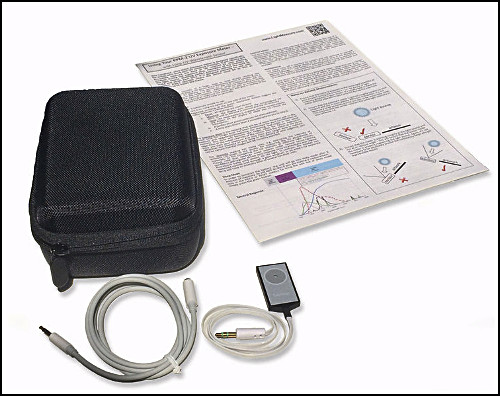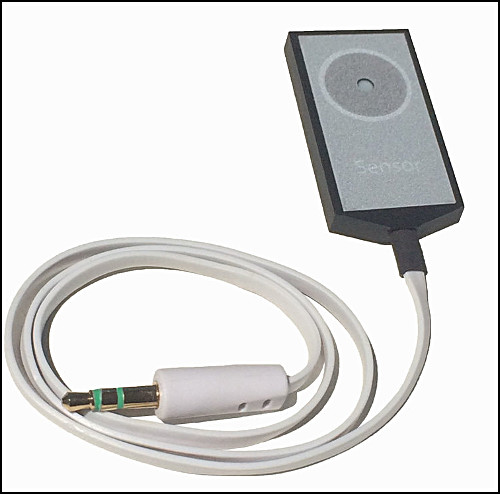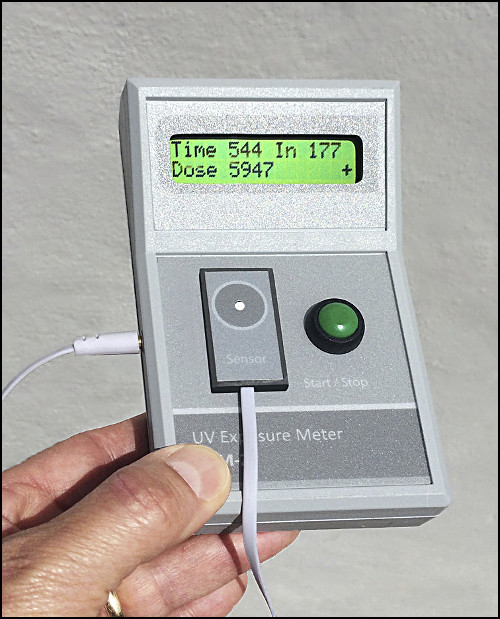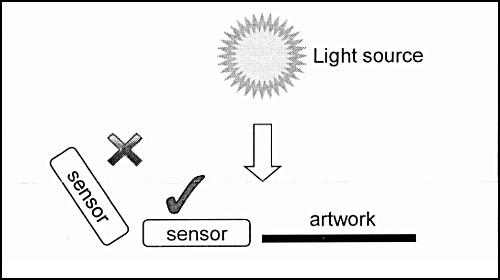LIGHTMEASURE PPM2: first impressions

The meter is neatly stowed away in a handy case. Easy to set up and to put into operation. It is rather small, and therefore easy to place in the
UV light box.

The sensor with the extension cords seems a bit fragile. But if you remove the plug carefully and do not pull on the cable, it will certainly last for years.

The display is simple and clear, it shows the time (in seconds), the instant intensity and the accumulated amount (Dose)) of UV energy. Everything very simple but
efficient.
For one of the tests, the sensor was placed in a lightbox (face tanning lamp), and only then was the light switched on. This highlighted how those bulbs
work: the light intensity shows a continuous and almost stable rise. After 3 minutes the lamps were still heating up, which means that their frequency and
thus their output continued to change. After letting the lamp warm up first for 5 min., and then exposing for 3 min., the intensity was still increasing during
these 3 min. by about 3%. All this shows also the high photosensitivity of the device.
The most important thing about such meters is repeatability. The same numbers should be obtained, for example, with repeated identical
exposures/measurements. That was the case here (5x exposure/measurement cycles).
When comparing two meters with each other, they won't give quite the same values. That's normal, and the manufacturer mentioned that the units are not
calibrated in engineering units of luminous flux. The difference between different meters was around 4%, but these 4% remained constant.
 For our use, as one usually only works with one and the same measuring device, this is absolutely no problem.
For our use, as one usually only works with one and the same measuring device, this is absolutely no problem.
But if you want to exchange exposure information (when discussing a process with other photographers, for instance), you have to keep in mind that
there may be small differences.
The sensor must be well placed. If it is not exactly aimed at the light source, there will be immediately a difference in the results.
Other uses
So, the general impression is very positive and the buyers are very satisfied. In short, they consider it as a good and useful tool.

